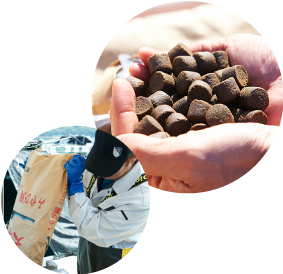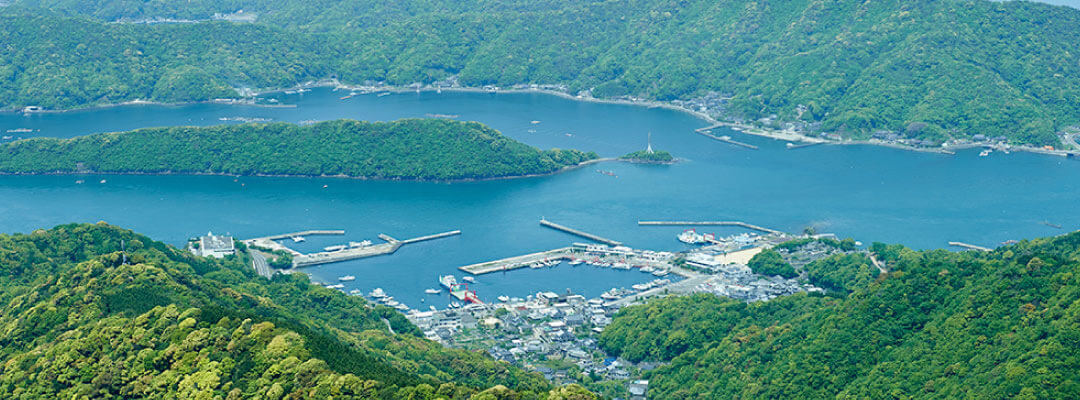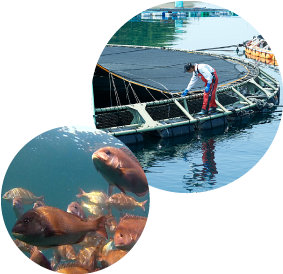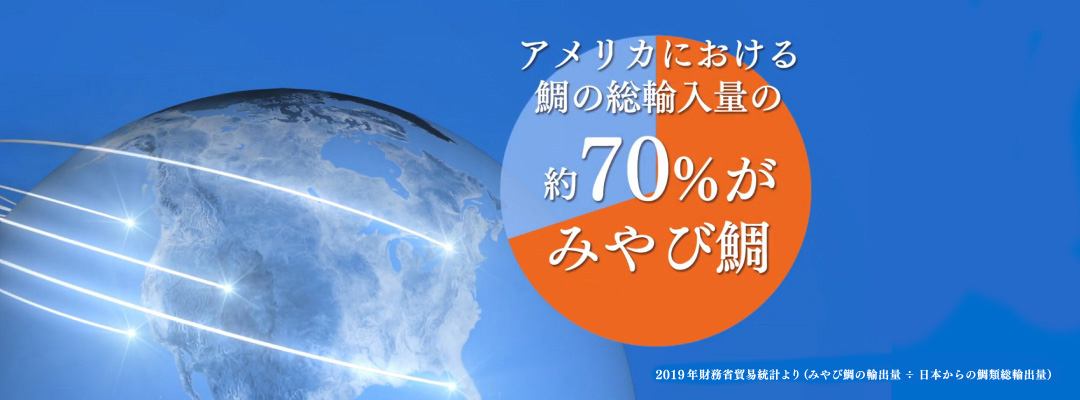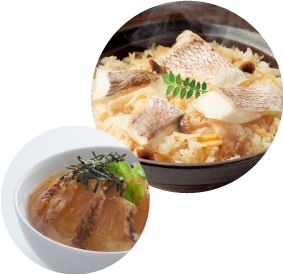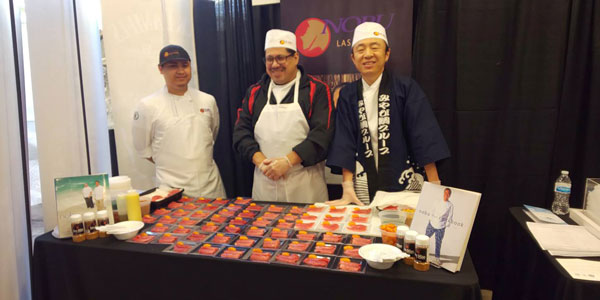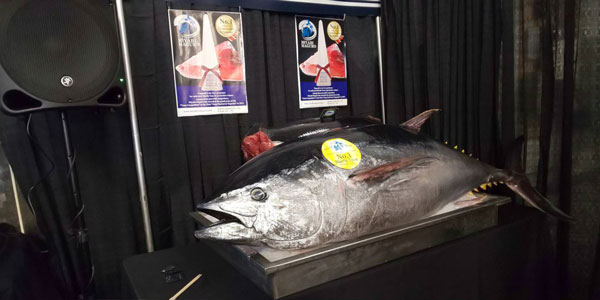
The key to the deliciousness of
Miyabi-Tai is in their diet.
People often say that Miyabi-Tai don't have a fishy smell and that the sweetness of the flesh is completely different from that of other sea bream.
What the sea bream eat affects how they taste. That's why the type and quantity of food eaten by the fish is the most important factor when raising sea bream.
We have developed a specially formulated food for Miyabi-Tai that our food manufacturer spent more than 10 years to perfect.
We feed this special food to our fish from when they are young, which is one of the main factors in creating the fresh color and quality flavor of our Miyabi-Tai. This special food doesn't come cheap, but it is an important component in our efforts to provide delicious, quality Miyabi-Tai our customers.
